Brackish water environments, where fresh and saltwater mix, are home to some of the most fascinating and dangerous creatures on Earth. These unique ecosystems, found in estuaries, mangrove swamps, and coastal lagoons, are home to all kinds of creatures that have adapted to the ever-changing salinity levels. Among these inhabitants are some truly formidable predators and venomous species that demand respect and caution. From powerful reptiles to deadly fish and invertebrates, these brackish water dwellers are not to be trifled with.
Saltwater Crocodile
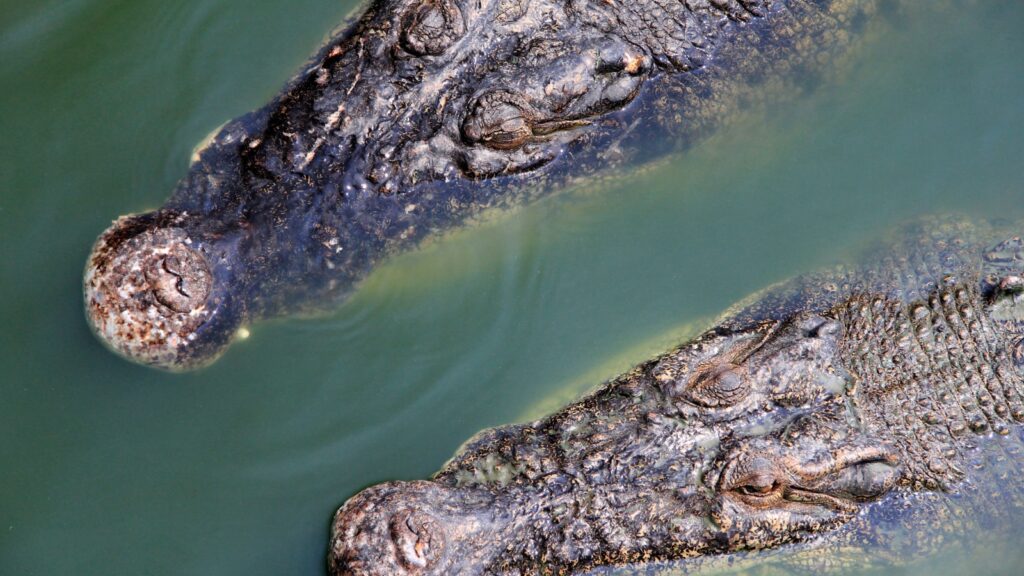
The saltwater crocodile is the largest living reptile and a fearsome predator of brackish waters. Growing up to 23 feet long and weighing over 2,200 pounds, these ancient creatures are perfectly adapted to life in coastal areas. Saltwater crocodiles have the strongest bite force of any animal, capable of crushing large prey with ease. Their ability to travel long distances in open ocean makes them a threat in both freshwater and marine environments.
Bull Shark
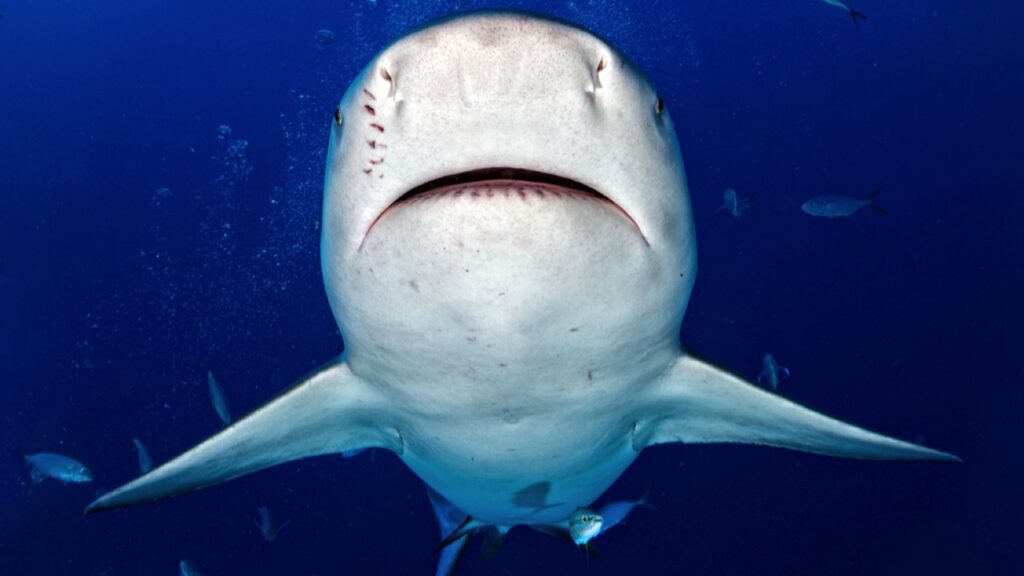
Bull sharks are unique among shark species for their ability to thrive in both saltwater and freshwater environments. These powerful predators are often found in brackish estuaries and can swim far upriver. Bull sharks are known for their aggressive behavior and have been responsible for many attacks on humans. Their adaptability and unpredictable nature make them one of the most dangerous sharks in coastal waters.
Box Jellyfish
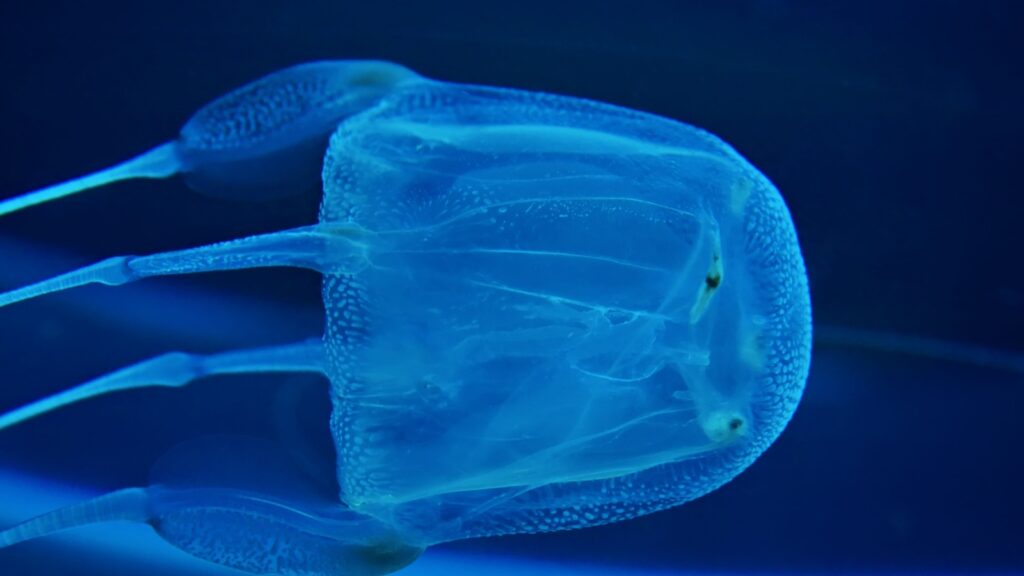
The box jellyfish is one of the most venomous creatures on Earth, and several species inhabit brackish waters. Their tentacles are covered in millions of microscopic stingers that deliver a potent neurotoxin. A single sting from a box jellyfish can cause intense pain, paralysis, and even death within minutes. Their nearly transparent bodies make them difficult to spot in murky brackish waters, adding to their danger.
Stonefish
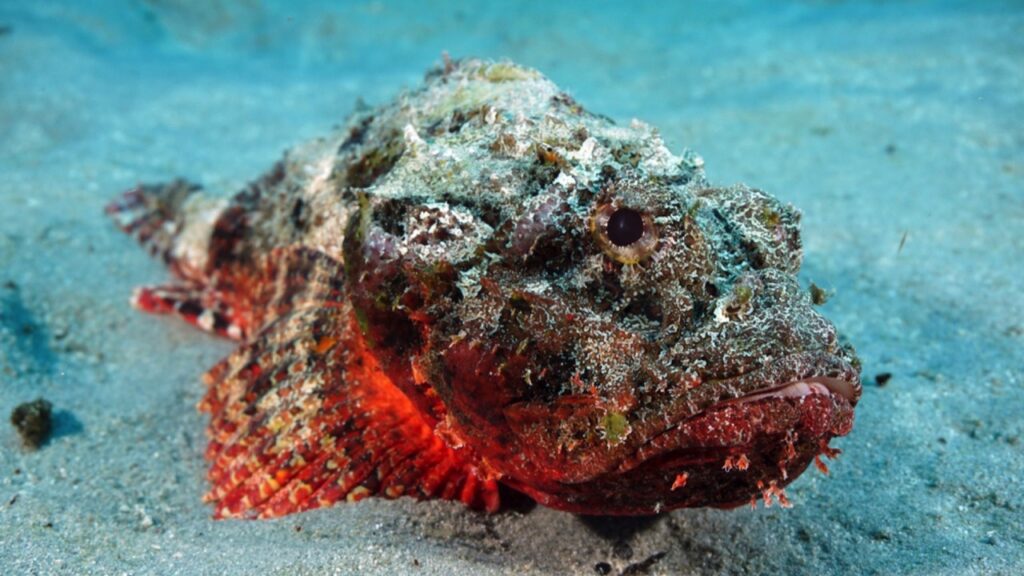
Stonefish are masters of camouflage and one of the most venomous fish in the world. They often inhabit brackish waters near coral reefs and rocky coastlines. Stonefish have 13 sharp spines along their back, each containing a powerful venom. Stepping on a stonefish can cause excruciating pain, swelling, and in severe cases, paralysis or death if left untreated.
Estuarine Cone Snail
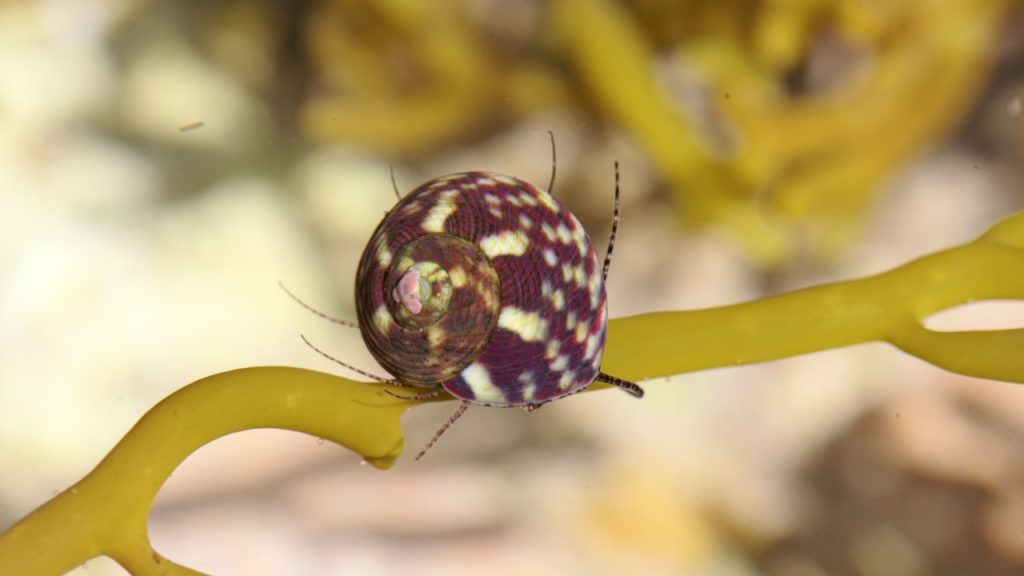
Cone snails are beautiful but deadly inhabitants of brackish waters. The estuarine cone snail, in particular, is adapted to life in mangrove swamps and estuaries. These snails use a harpoon-like tooth to inject a powerful venom into their prey. The venom of some cone snails is strong enough to kill a human, and there is no antidote.
Electric Eel
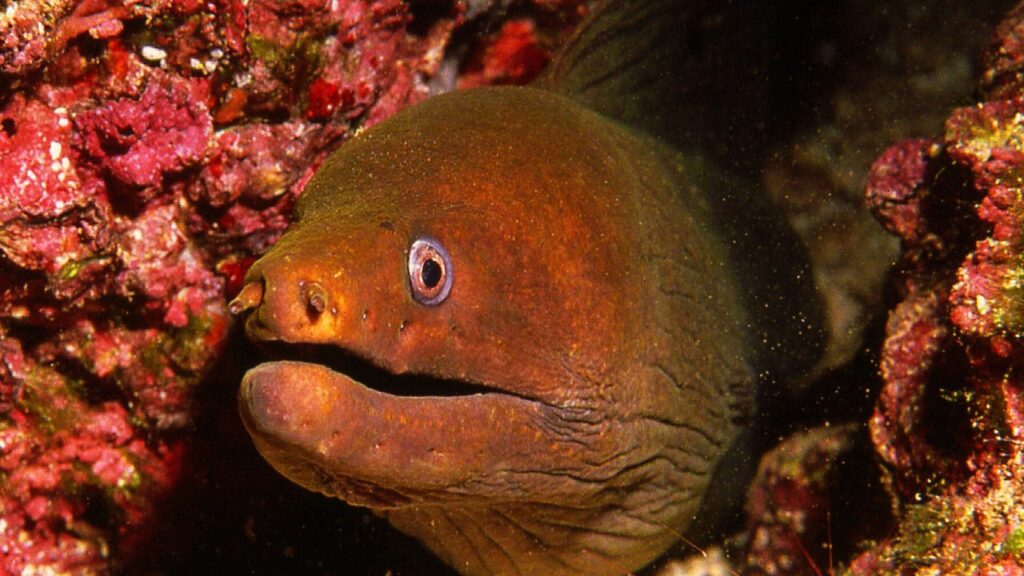
Despite its name, the electric eel is actually a type of knifefish found in South American waters, including brackish estuaries. These remarkable creatures can generate electric shocks of up to 860 volts, enough to stun or kill large prey. While human fatalities are rare, the shock from an electric eel can cause heart failure or drowning in severe cases.
Lionfish

Lionfish are striking in appearance but pose a significant threat in brackish waters. Originally from the Indo-Pacific, they have become invasive in many coastal areas worldwide. Lionfish have venomous spines that can cause intense pain, swelling, and in rare cases, paralysis or death. Their voracious appetite and lack of natural predators in invaded areas make them a serious threat to local ecosystems.
Nile Crocodile

The Nile crocodile is another formidable predator found in brackish waters, particularly in African estuaries and mangrove swamps. These large reptiles can grow up to 20 feet long and are known for their aggressive behavior. Nile crocodiles are responsible for hundreds of human fatalities each year, making them one of the most dangerous animals in Africa.
Blue-Ringed Octopus
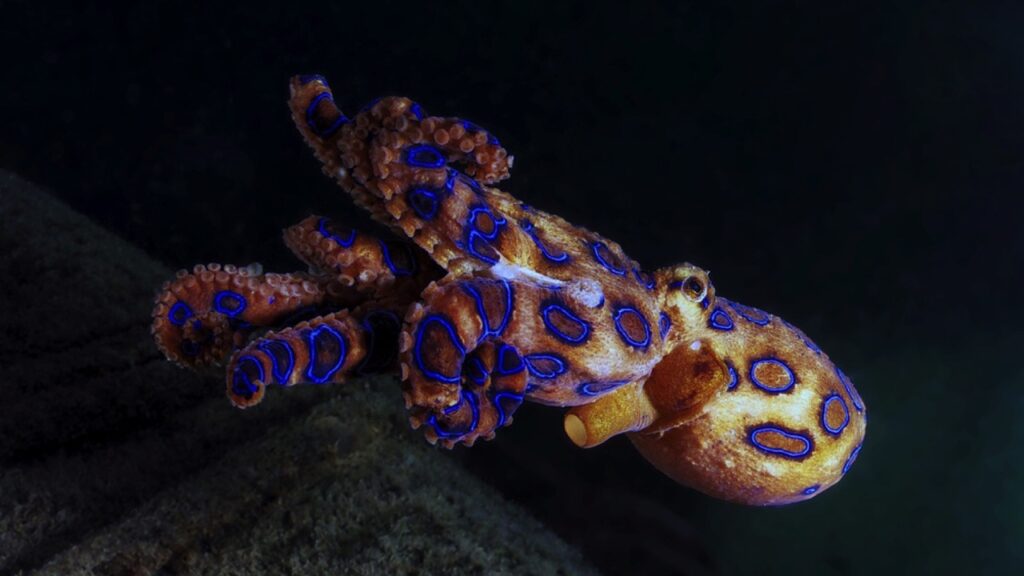
The blue-ringed octopus is a small but deadly inhabitant of brackish waters in the Pacific and Indian Oceans. Despite its tiny size (usually less than 8 inches long), it carries enough venom to kill 26 adult humans. The octopus’s venom causes paralysis and respiratory failure, and there is no antidote. Their vibrant blue rings serve as a warning to potential predators.
Barracuda

Barracudas are fearsome predators often found in brackish estuaries and mangrove channels. With their sleek bodies and powerful jaws lined with razor-sharp teeth, barracudas are built for speed and aggression. While unprovoked attacks on humans are rare, barracudas can mistake shiny objects for prey, leading to potentially dangerous encounters with swimmers.
Saltwater Moray Eel
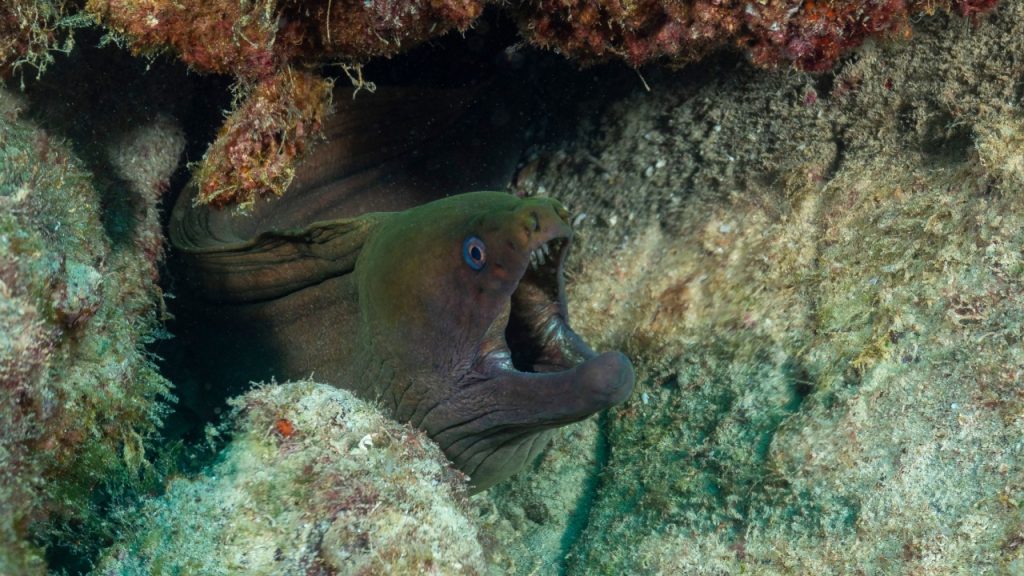
Moray eels, particularly the large saltwater species, are common inhabitants of brackish waters near coral reefs and rocky coastlines. These eels have strong jaws and sharp teeth, capable of inflicting severe bite wounds. Some species also have toxic mucus on their skin, which can cause painful infections if the bite is not properly treated.
Stingray
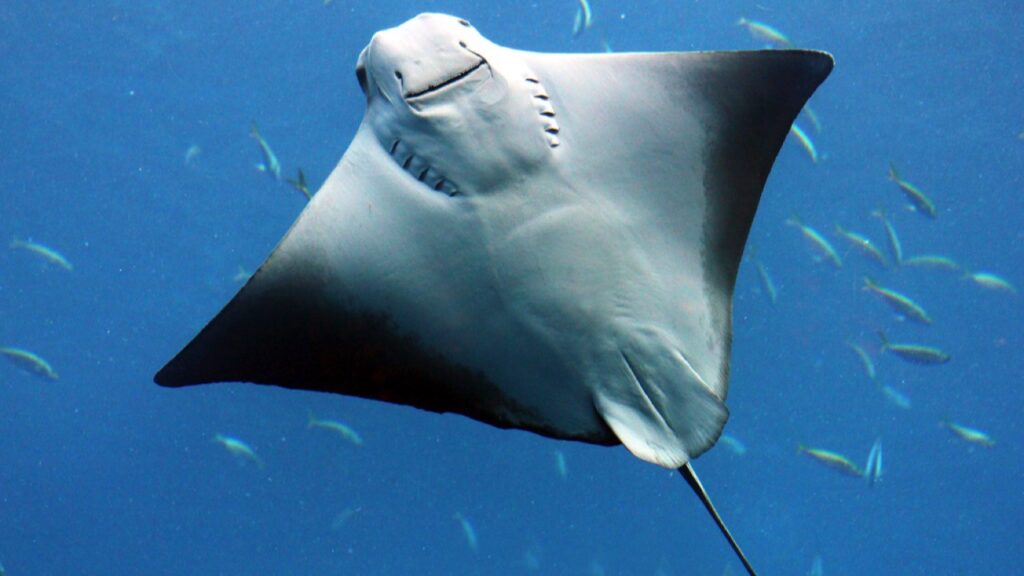
Several species of stingrays inhabit brackish waters, hiding in the sediment of estuaries and lagoons. While not typically aggressive, stingrays can inflict painful and potentially dangerous wounds with their venomous barbs when stepped on or disturbed. The venom causes intense pain and can lead to more serious complications if the wound is not properly treated.
Estuarine Stonefish
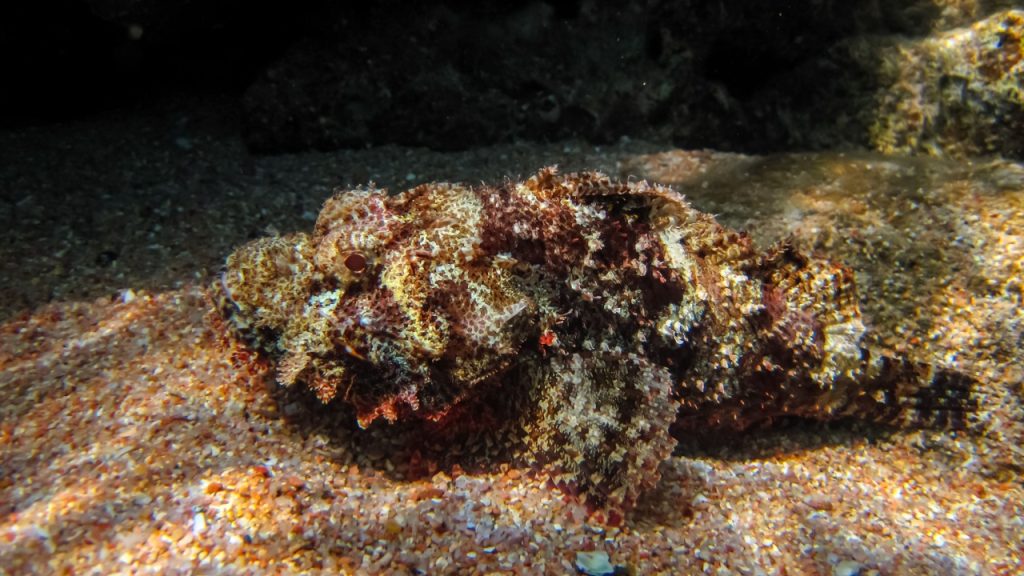
The estuarine stonefish is a close relative of the reef stonefish, adapted specifically to life in brackish waters. Like its marine cousin, it has venomous spines and excellent camouflage. The estuarine stonefish’s venom is equally potent, capable of causing severe pain, swelling, and potentially life-threatening symptoms if not treated promptly.
Alligator Gar
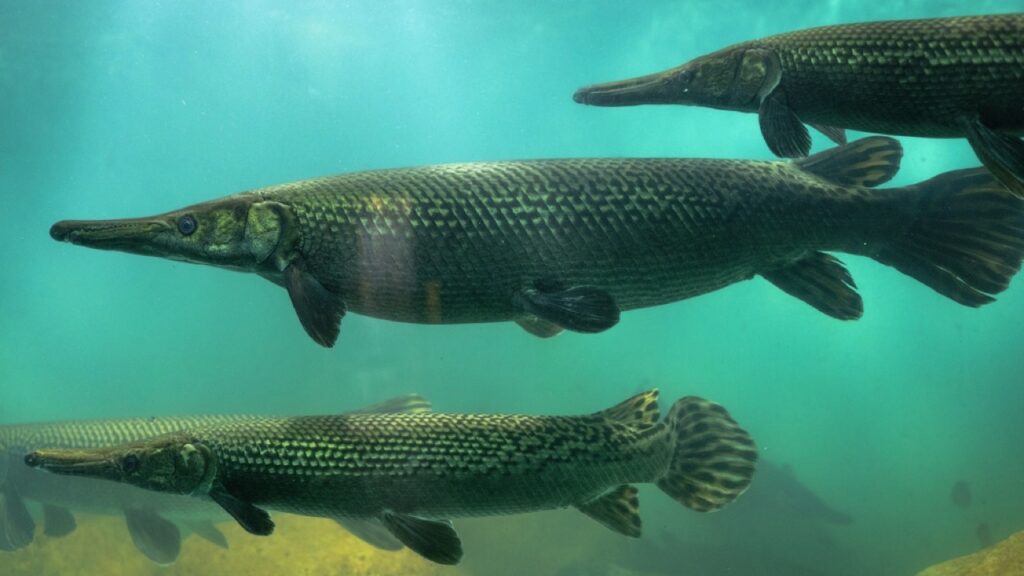
The alligator gar is a large, prehistoric-looking fish found in brackish waters of the southern United States. While not typically aggressive towards humans, these fish can grow up to 10 feet long and have sharp, powerful teeth. Accidental encounters with alligator gar can result in severe lacerations, and their eggs are toxic if ingested.
Fiddler Crab
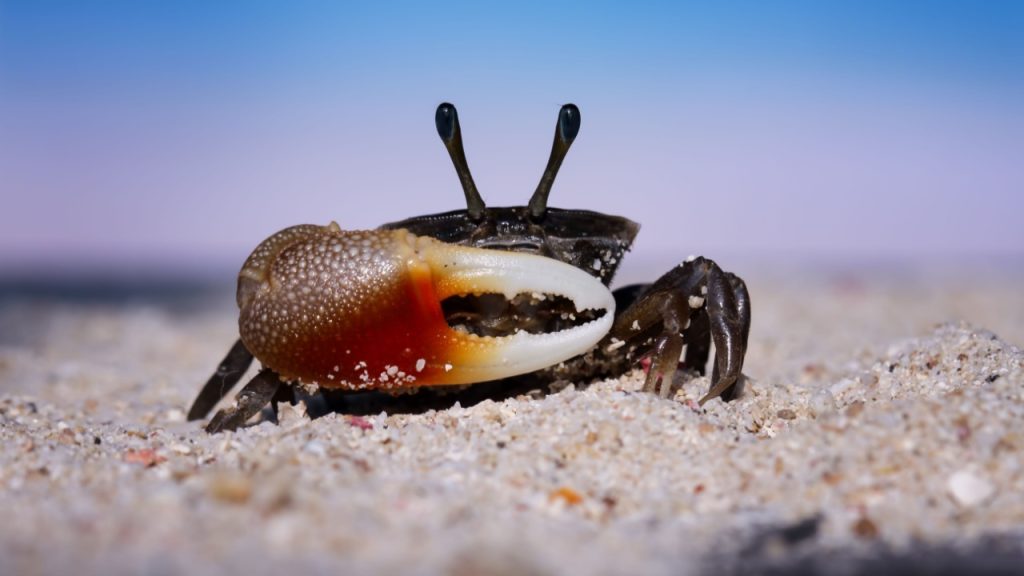
While not deadly to humans, fiddler crabs deserve mention for their importance in brackish ecosystems and their potentially painful pinch. These small crustaceans are found in mangrove swamps and mudflats worldwide. Male fiddler crabs have one greatly enlarged claw, which they use for defense and courtship displays. A pinch from this claw can be surprisingly painful and may cause minor injury.



